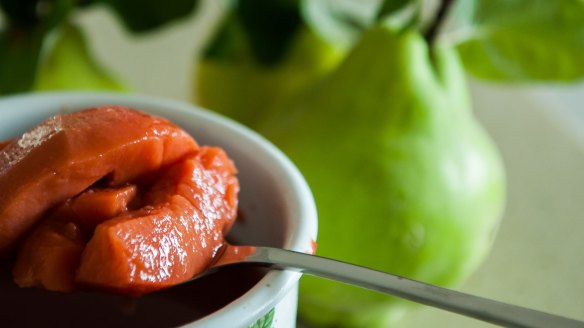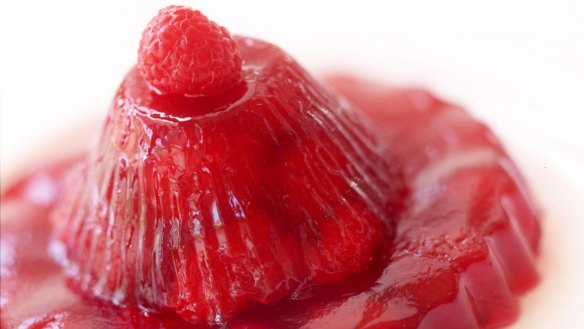How to make the most of fresh quinces

Every year my neighbour offers me a big bag of quinces. Apart from making quince paste, which I'm not keen on, how else can I use the fruit? D. McPherson
Well, if you don't want the fruit I will take them. Happily. With gratitude. The quince is perhaps the finest fruit in the pome family. Its fair curves are covered in the finest fuzz, it has the most delicate rose-like perfume that can permeate the kitchen from its position in the fruit bowl. A fruit so beautiful it has appeared in still life paintings from the baroque period onwards. Greats such as Renoir and Van Gogh made it the subject of their works – I suspect partially to help mask the smell of their linseed paints. Quinces are hard and tough and need cooking to break down the cellulose in the cell walls into more digestible fructose. Turn the oven to low and place the quinces on a tray and cook for three to four hours or until soft and golden. Remove the skin and use the flesh as one would stewed apple, perhaps with yoghurt and a little muesli for breakfast or swirled through a cake batter to give veins of sweet pureed fruit. Mix pureed quince with a little water and use to glaze roasting lamb. It is also possible to peel, core and chop quinces and cook them slowly in a covered saucepan with a little added water. The benefit is that the kitchen is filled with the perfume. Use the cooked fruit as one would apples in a tarte tatin or an upside-down cake. Add wedges of raw peeled quince to Middle Eastern lamb braises for sweetness and body. If readers would like to offer their own suggestions, please forward them to the email below.

I am trying to make fresh fruit jelly and some fruits are refusing to set properly. It is giving me the irrits! G. Hornsby
What a lovely word, G. Hornsby. I haven't heard the term "irrits" since my late grandmother was around. Do you use "codswallop" as well? The jelly you would be familiar with, sold in little packets, uses animal protein made from skin and connective tissue of animals, mostly beef, with added sugar, colour and flavour. There are enzymes in some fruit, such as kiwifruit, papaya and pineapple, that will break down the long strands of protein molecules that hold the liquid in the jelly in its web-like matrix causing the jelly not to set. If fruit is too juicy, the liquid emanating from the flesh could dilute the jelly to a point where the protein can no longer gel. Avoid the fruit listed above and look for crisp fruit or fruit that does not ooze juice when cut. Also try whole small fruit such as grapes or raspberries.
Can you please help settle an argument? A mate says that pasta has been in Australia for over a century and I reckon it came with the post-war migrants. P. Miller
Many readers will remember a brand of pasta called Kookaburra. It was made in inner Melbourne from the 1920s onwards. It was purchased by another company called Rinoldi's that was established way back in 1878. There is a macaroni factory in Hepburn Springs in central Victoria that was built in 1858. Back then, and until the middle of the 20th century, most pasta in Australia was referred to macaroni and was often used in soups. Vermicelli was used in British cookery as early as the late 1600s and the British navy were using pasta as a food in the late 1500s. Macaroni has appeared in British cookery books since the Middle Ages.
Send your vexing culinary conundrums to brainfood@richardcornish.com.au or tweet to @realbrainfood.
Brain Food by Richard Cornish is out now from MUP (RRP $19.99, eBook $11.99).
Appears in these collections
- More:
- Food
- Brain food
